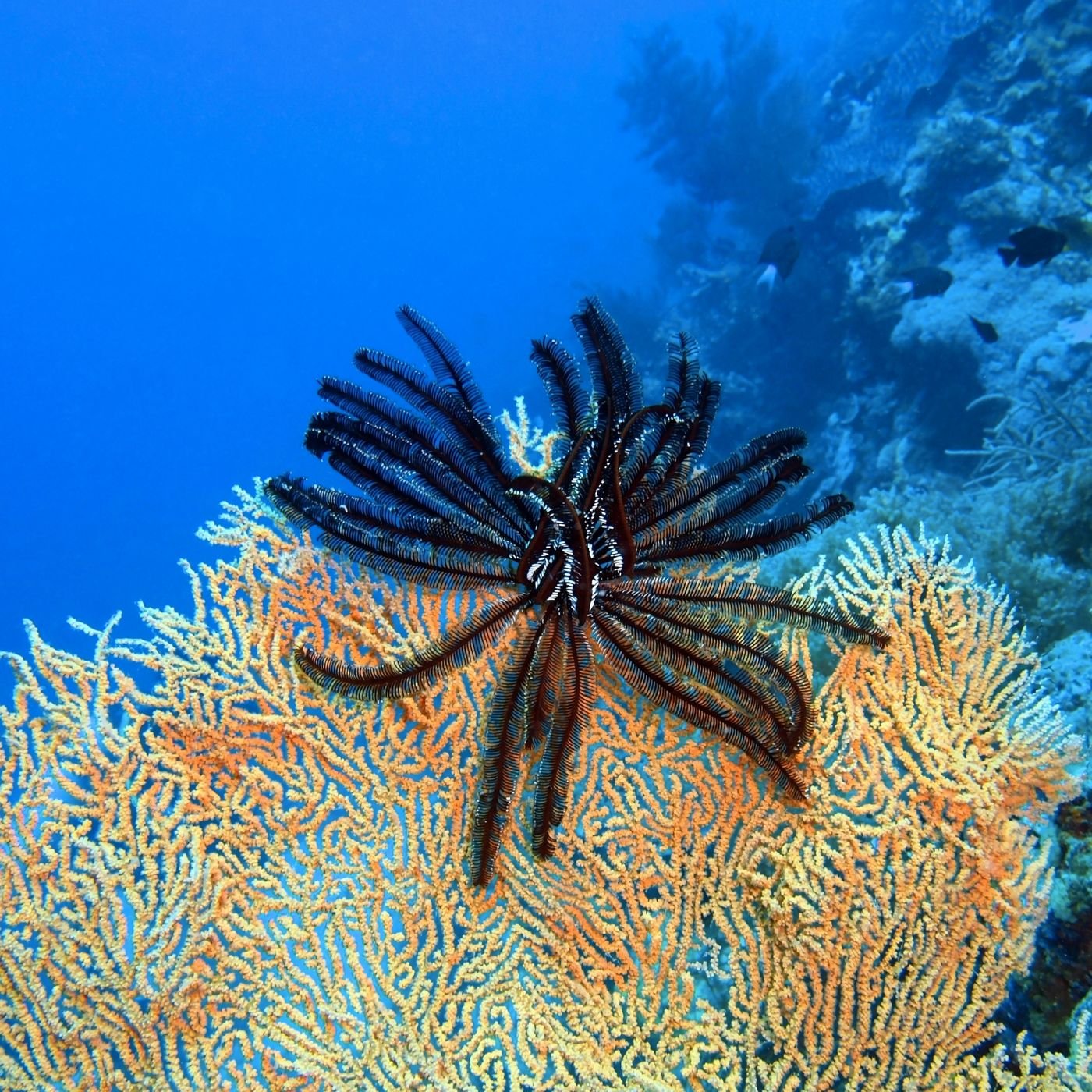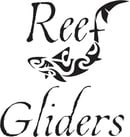Fascinating facts on Crinoids

Crinoids, also known as sea lilies or feather stars, are marine animals that belong to the phylum Echinodermata and the class Crinoidea. They are characterized by their feathery arms, which they use to capture food particles from the water, and their central disk-like body, which contains the mouth and other vital organs.
Crinoids first appeared in the fossil record over 500 million years ago, during the Early Cambrian period, and were once incredibly diverse and abundant. However, over the course of the Phanerozoic eon, their diversity and abundance decreased. Today, there are around 600 living species of crinoids, which can be found in all oceans, although they are most commonly found in tropical and subtropical waters.
Crinoids are sessile animals, meaning they are typically attached to the substrate, typically a rocky surface or the side of a shipwreck. They can also be found on coral reefs, kelp forests, and other areas with a strong current. Crinoids can be divided into two main groups: the articulated crinoids, which have a stem and are attached to the substrate, and the unarticulated crinoids, which do not have a stem and are free-swimming.
The diet of crinoids typically consists of small planktonic organisms, such as copepods and other crustaceans, as well as small fish and fish eggs. They capture food particles using their feathery arms, which are covered in cilia, tiny hair-like structures that help to move water and food particles towards the mouth.
Crinoids reproduce both sexually and asexually. Some species are hermaphroditic, meaning they have both male and female reproductive organs, while others are dioecious, meaning they have separate sexes. Fertilization typically occurs in the water column, and the eggs and sperm are released into the water, where they eventually come into contact with each other and fertilization takes place.
Crinoids have a unique and important ecological role in the marine environment. They provide habitat for a wide variety of other organisms, such as small fish, crustaceans, and mollusks, which use their arms and other structures as a place to hide and feed. Additionally, they play a role in the movement of sediment and nutrients in the ocean.
